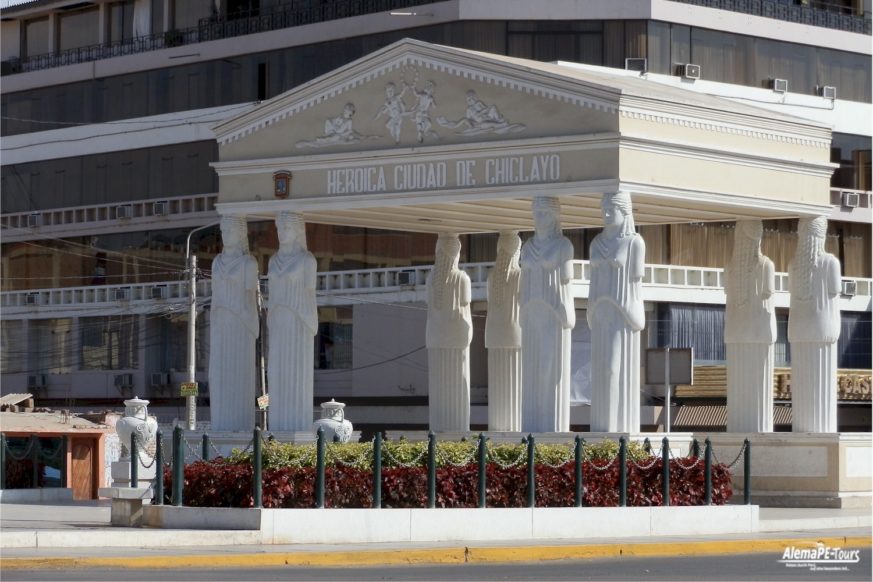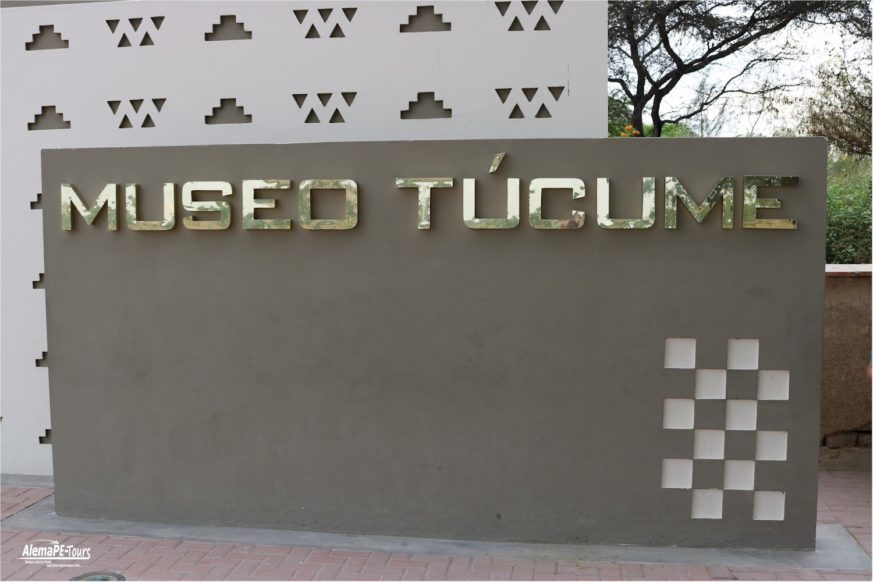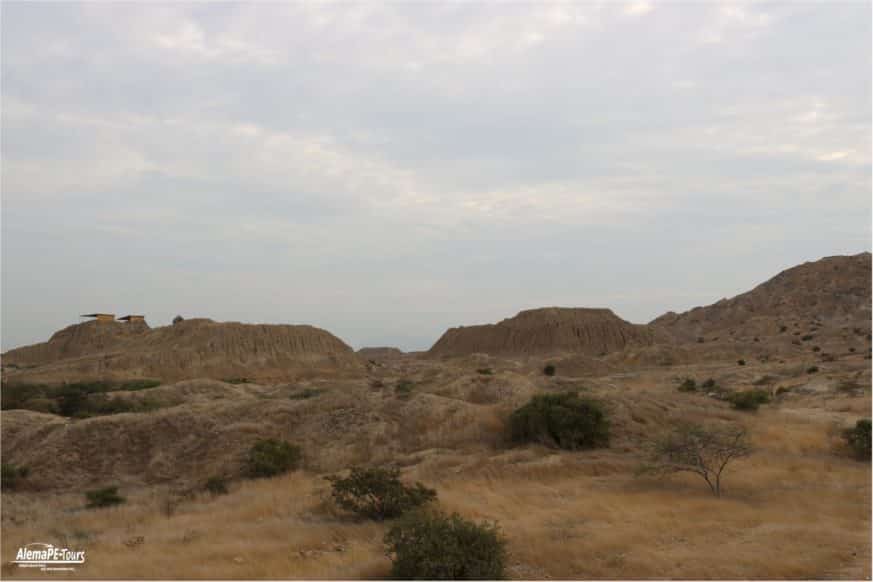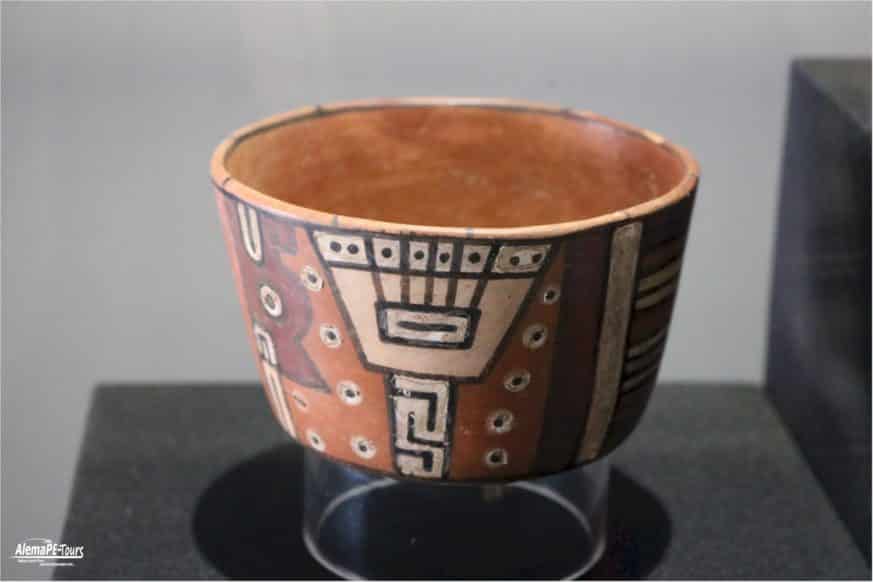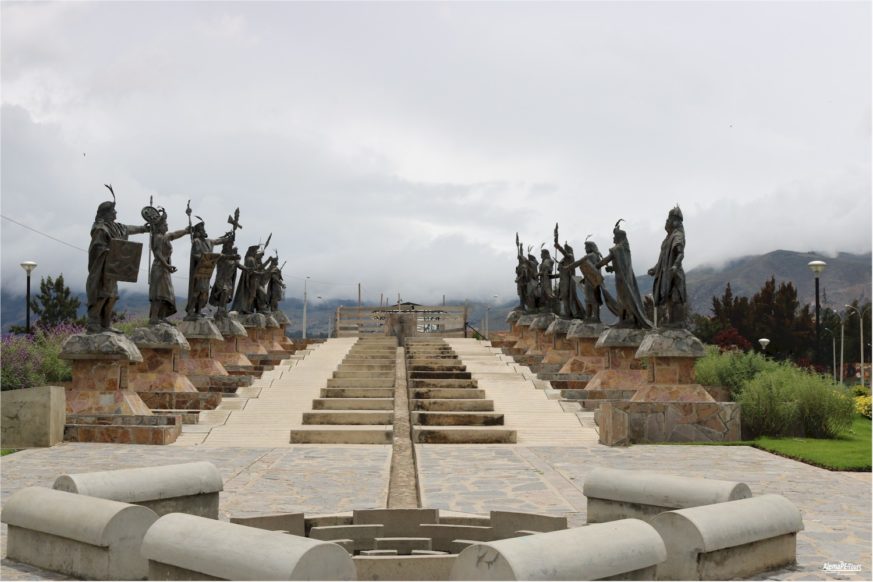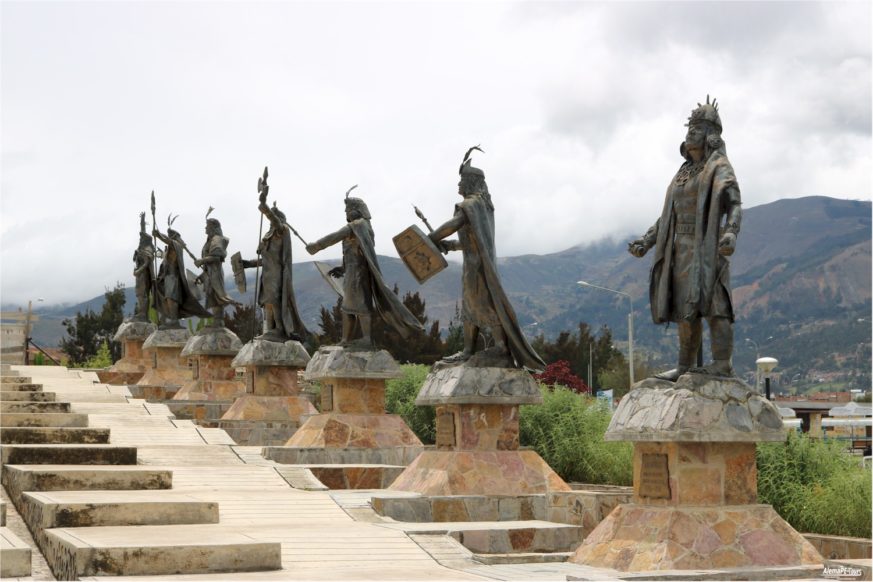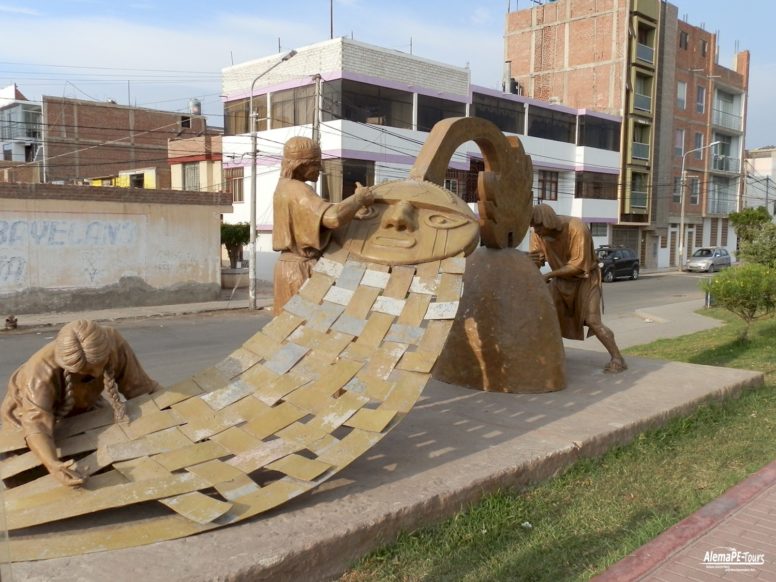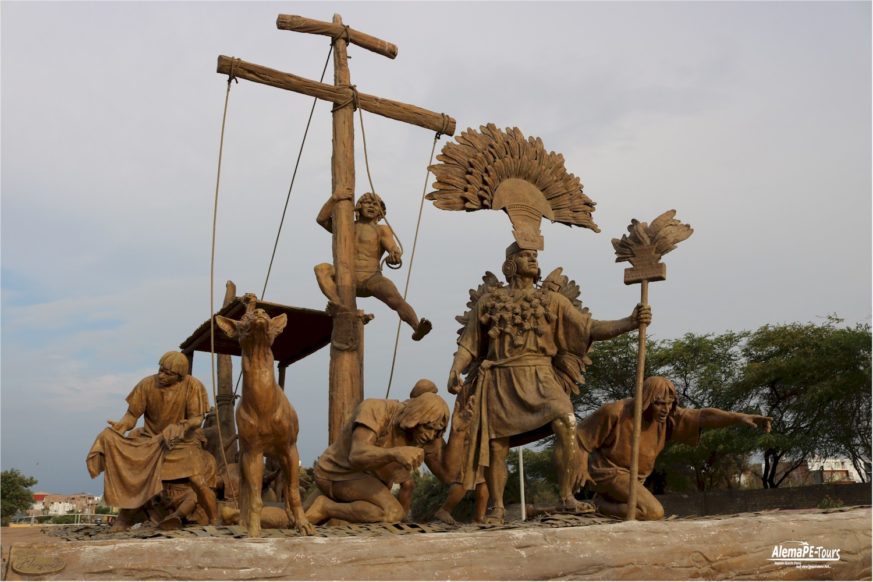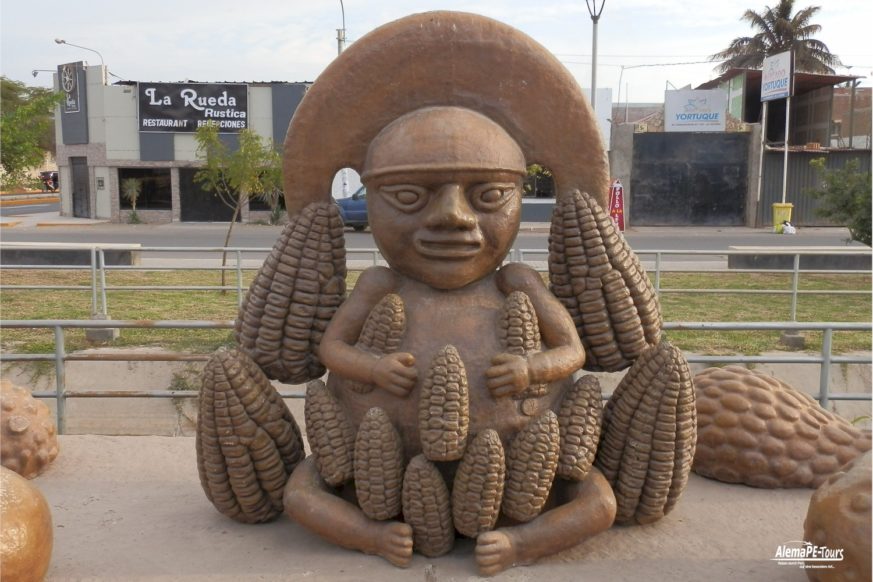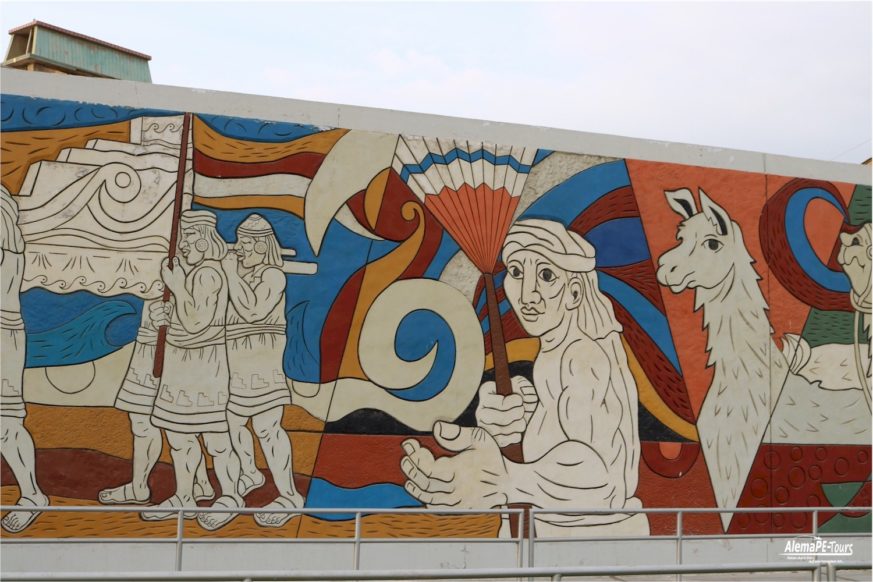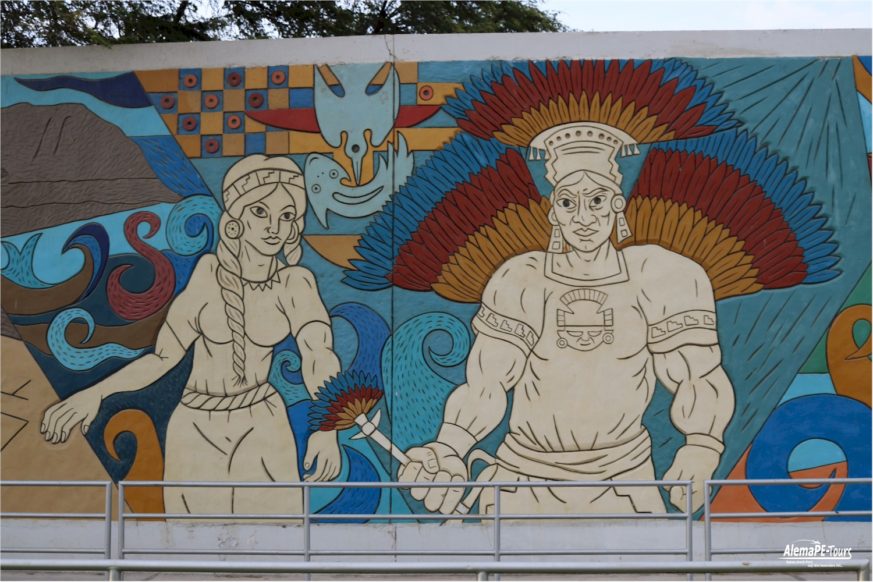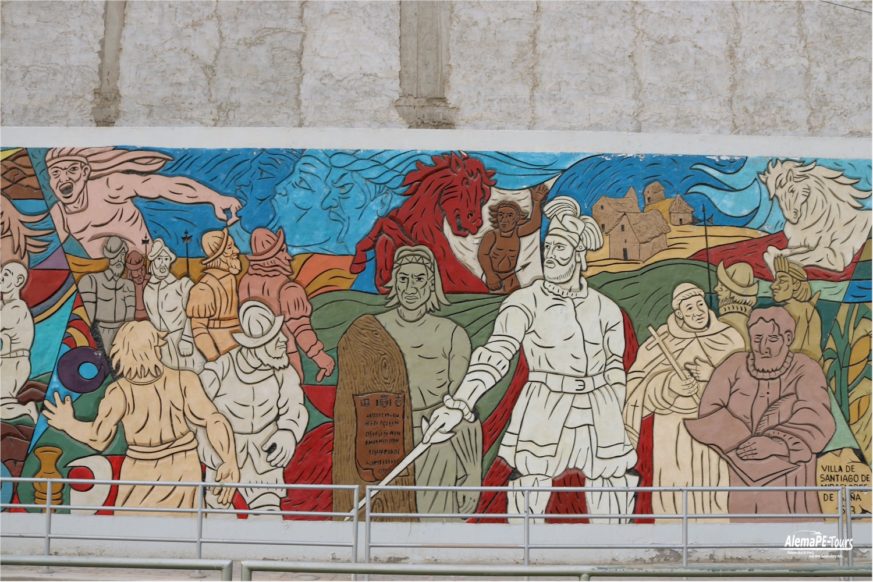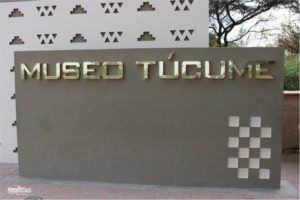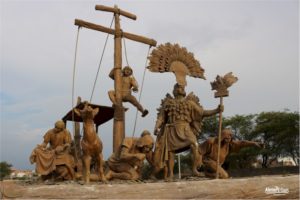Chiclayo
Chiclayo – Beaches and interesting archaeological sites
Chiclayo is the fourth largest city in Peru and the capital of the northern province of Lambayeque. It is located in the north of the country and in the backland of the coast, which is less than thirteen kilometers away. More than 630,000 people live and work in the bustling city. The entire metropolitan area has around 970,000 inhabitants. The city is located in the middle of an intensively agricultural area (irrigated by the dam of Tinajones). Chiclayo is in the north with the economic focus of sugar cane processing and also an area for the dairy industry. Here, the milk is processed, which is produced in the cool climate of the Cajamarca Valley in the andes. Other crops around Chiclayo are cotton and rice.
The northern regions of Peru have been inhabited for millennia. Chiclayo was founded in 1650 by spanish priests. During the colonial period, many interesting spanish-style buildings were built, which still bear witness to the medieval wealth of livestock and landowners. Many of these buildings are located in the old town ensemble, which can be easily crossed on foot. The city center is still an important meeting place for guests and residents. Particularly interesting is the Mercado Modolo, a weekly market selling a variety of herbs and health-promoting essences of herbal women. Other markets offer traditional arts and crafts, colorful fabrics, fruits and vegetables.
How to get to Chiclayo
By plane from Lima
By bus from Lima
- Take a bus in Lima (Civa, Cruz del Sur, Movil-Tours, Trc Express, Oltursa)
- It’s about 12 hours of travel and around 50 Soles the passage.
By bus from Pedro Ruiz or Chachapoyas
- In Chachapoyas or Pedro Ruiz take a night bus Pedro Ruiz-Chiclayo or Chachapoyas-Chiclayo (Movil Tours)
- It’s about 10 hours (9 from Pedro Ruiz) of travel and 30 Soles the economic passage, 70 Soles bus-bed.
By bus from Trujillo
- Take a bus Trujillo-Chiclayo (Oltursa)
- The trip is 3 hours and 45 min. and it costs between 35 and 45 Soles for the passage.
Notes
There are other passenger transport companies that allow you to get to Chiclayo or any other city in the north Peruvian cost from Piura, Tumbes, Chimbote, ect. The cities on the coast are very well connected.
Points of interest
In the surroundings of Chiclayo are numerous pyramids of the Moche culture. In addition to two pyramids in the town of Sipán 30 km east of Chiclayo (Huaca Rajada) were created significant royal tombs of the Moche culture. Since 1987, there have been found sixteen graves with valuable grave goods made of, among others, gold, silver, shells, lapis lazuli and clay. The latest grave finds are exhibited locally in Sipán in the Museo del Sitio, the spectacular first finds are the Lord of Sipán, which is exhibited in the Museo Tumbas Reales (Lambayeque).
Museum Brüning
In Lambayeque is also the museum Brüning, which shows a collection of ancient peruvian finds, which originate mainly from the pyramids of Túcume.
Museum Túcume
Near the pyramids of Túcume there is also a museum showing the history of the Moche culture.
Modelo Market
The Mercado is just 5 blocks from Plaza de Armas and is open daily from sunrise to sunset. Here you will find equipment and clothing as well as many natural remedies and herbal remedies. There are many fresh fruits and vegetables, sopas, almuerzos and ceviche.
Mercado de Brujos – The Witches Market
Deep in the market areas, there are a number of shops known as the Witches Market. Probably meant the second set of shops that originate from Arica. Here you will find piles of all the materials used by Peru’s Crananderos Shark Bites, Deer Legs, Snake Skins, Potions, Fragrances, Amulets, and Huayruro (Jungle Beads to Protect Against a Witcher / Witch). There are plenty of dried mountain herbs and San Pedro cactus that are sliced and reduced in boiling water to form a hallucinogenic drink used by shamans and more and more travelers.
Regional dishes you have to taste
- Arroz con pato a la chiclayana
- Cebiche
- Chinguirito
- Chirimpico
- Seco de cabrito con frijoles
- Tortilla de raya

